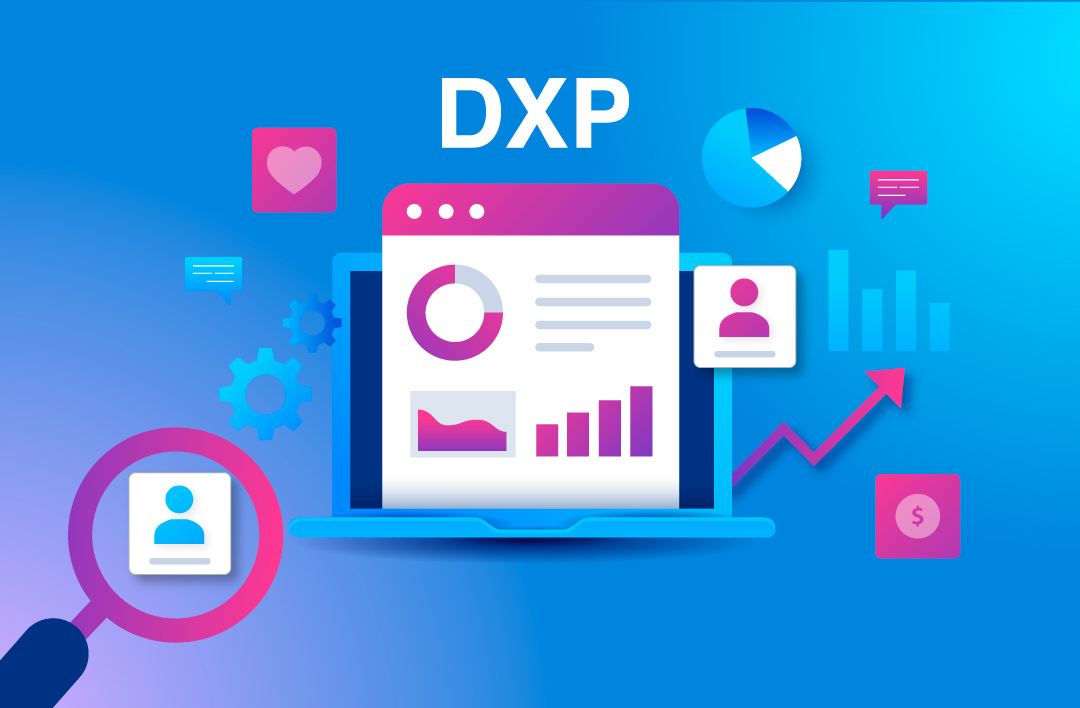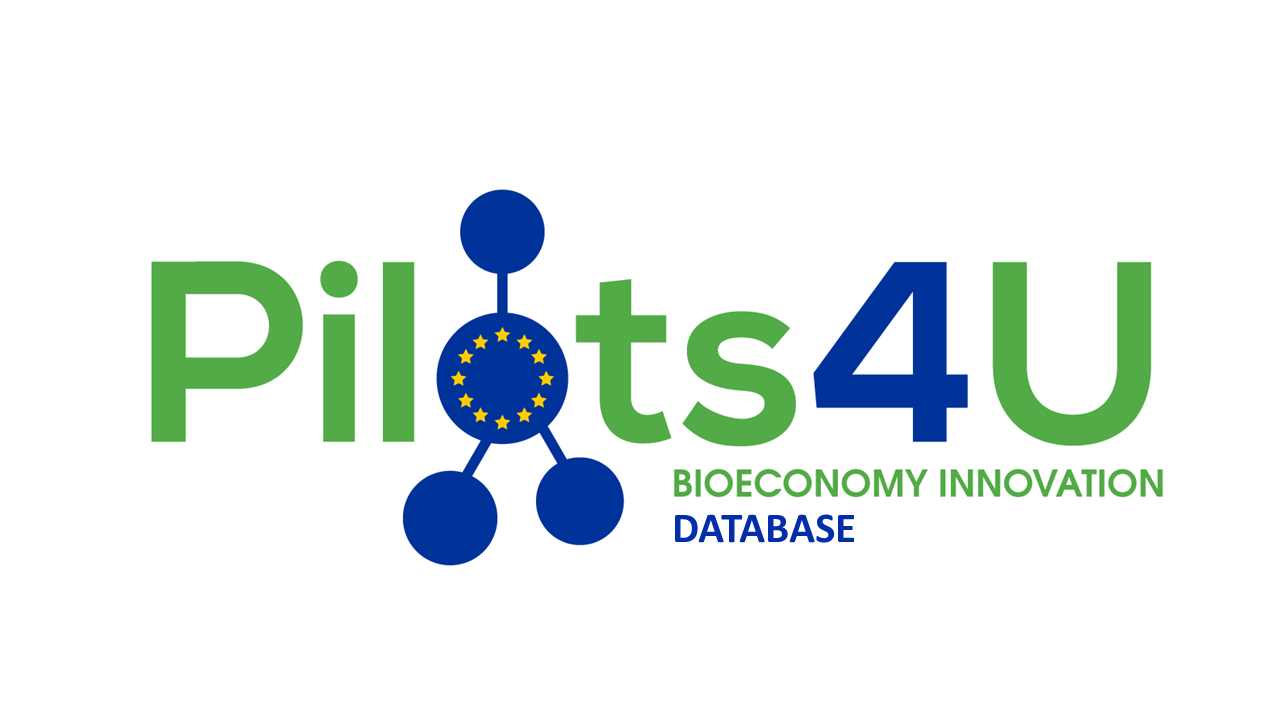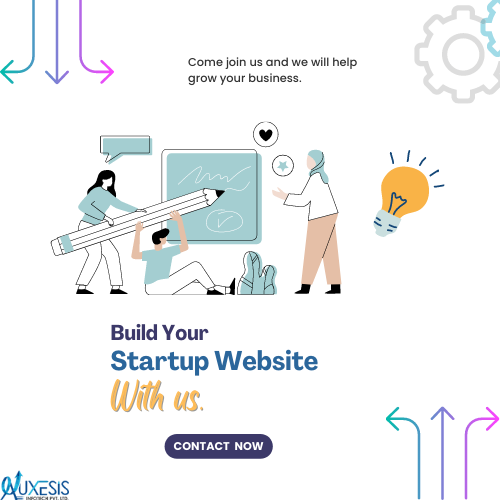
The first question to be asked at this point would be, "What is a DXP?”
A digital experience platform essentially serves as an elegant architecture that effectively provides improved digital touchpoints and supervision over managing the right content and user experience. However, one must realize that these benefits are not equally profitable for all organizations. Hence, it becomes important for every organization to evaluate their individual requirements and thereby determine whether implementing a DXP solution is beneficial for them. Such implementation can be done by assessing the company's level of digital maturity and checking whether it is ready for such change.
The process of adopting a digital experience platform is certainly not a spontaneous one. Therefore, before anything, it is of utmost importance that you ask yourself, “Do I need a DXP?”

Benefits Attached to DXPs: Keeping all things aside, the primary objective of any organization is to deliver a seamless, unified, and personalized customer experience. Here, integrating internal operational processes and external user experiences seems logical. By doing so, customer data can be easily analyzed and shared across multiple channels to ensure better customer experiences.
Some of the significant benefits are as follows:
- Flexibility of Content: Digital experience platforms effectively allow you to deliver your content where you specifically want it. This indicates that your content is present wherever your customers are.
- Customer Insights: DXPs essentially serve as digital customer experience platforms that collect and analyze customer data to facilitate personalization and further promote sales and enhance brand loyalty.
- Customization & Personalization: Content personalization is not simply an additional component. In fact, customers genuinely expect personalized digital experiences. This is where a DXP helps by gathering data from all avenues to gain deeper insights and deliver better customer experiences.
- Scalability: DXPs employ microservices to deliver cloud-based customer experiences. This allows you to retain reliable uptime and enhanced performance from your tech stack, thereby enabling you to scale up or down according to your dynamic business needs as well as consumer demands.
Do You Need a DXP?
Before you can determine whether you should shift to a digital experience platform, it is vital to assess your readiness for the same. It is essential for organizations to first address customer needs and look beyond their internal objectives. Ideally, the focus should be on working towards both short-term and long-term goals.
You will first need to evaluate if your traditional tech delivers personalized digital experiences to your customers. Then, look into the various factors that can help you promote sales and enquire whether you are willing to make some changes to enhance customer experience, boost profits and establish a divergent clientele.
In order to accurately assess whether or not you need a DXP platform, you must thoroughly evaluate your existing tech stack. There are some vital
aspects that need to be considered before you can decide whether you need to shift to a DXP. They are explained below.
-
Is your traditional tech stack holding you back?
Considering the advancement of technology, most traditional systems tend to keep organizations from experiencing new digital technologies. Siloed systems are common in legacy technologies, and they often require data to be transferred manually between systems. This results in substandard performance in terms of digital customer experience.
Now, this can be sufficiently addressed by modernizing the traditional tech stack to a DXP that serves as a competent digital customer experience platform. Such a shift can effectively help you reduce costs and overall complexities. In addition to this, it improves performance and data security while enabling businesses to upgrade their processes across the platform.
-
Do you wish to use APIs to integrate new and long-lasting technologies?
Most organizations address their digital needs by employing a combination of tools and technologies such as CRM, CMS, DAM, PIM, etc. However, these technologies prove incompatible with the siloed systems as they are outdated and unable to integrate.
A composite digital experience platform can efficiently help this scenario by supporting these frequent needs to accommodate different tools and address the dynamic business needs. This is achieved by revealing APIs and delivering relevant instruments to combine other systems with the core platform.
-
Do you require more editorial authority and flexibility for your marketing team?
Marketers form a fundamental part of digital customer experience platforms. The contribution made by marketers is essential in shaping customer experiences. However, in order to make the most of their support, organizations need to assign more control to the marketers when it comes to their digital platforms.
DXPs wonderfully execute marketing campaigns by effortlessly merging with various marketing automation tools. Modern digital experience platforms incorporate low code/no code solutions to create and deliver landing pages, forms, and other UI/UX elements.
In addition, DXPs also help marketers publish content more rapidly and efficiently across all digital touchpoints.
-
Do you wish to harness the power of personalization to optimize customer experience?
Digital customer experiences play an important role in improving the profitability of organizations. This statement has been backed by about 73% of customers from 12 countries, as per the statistics gathered by Acquia. Real-time content and product recommendations are highly appreciated by customers on their preferred channels.
Considering the recently advanced digitization of in-store experiences, it has become even more important to deliver a preferential digital experience platform to your customers.
The provisions of content management systems (CMS) are somewhat insufficient in delivering personalized content. However, DXPs provide enhanced personalization while creating more engagement. This further helps in acquiring upselling and cross-selling opportunities.
-
Do you need to manage multiple digital assets?
Asset management is a fundamental aspect of the smooth functioning of every organization. When shifting to a digital customer experience platform, it is absolutely vital to employ Digital Asset Management (DAM) services for successful transformation. These asset management systems serve organizations by storing, managing, organizing, and distributing their assets across multiple digital platforms.
Digital experience platforms facilitate the smooth incorporation of DAM platforms into other segments of the DXP. This successfully streamlines the search and distribution of assets.
-
Do you wish to deliver an exceptional digital customer experience platform to boost your business?
Traditional tech stacks often prove incompetent in delivering a seamless digital experience across multiple channels. This is where a DXP offers its services. The structure of a DXP efficiently allows APIs to merge well with various digital touchpoints.
The multichannel approach allows organizations to be available 24*7. This builds up overall customer satisfaction, thereby driving increased traffic for the organization and boosting its sales.
-
Do you need an intricate analysis with real-time updates?
In order to provide successful digital customer experience platforms, organizations require data-driven directions, real-time data analysis, and consistent updates. With traditional tech stacks and autonomous content management systems, there is restricted access to data. As a result of this, organizations are unable to process customer information to the point of improving their digital experience.
Now, digital experience platforms address this issue through one of their core components, the Customer Data Platform (CDP). It helps by consolidating the data and eliminating the silos. CDP makes it considerably easier to accommodate data from multiple sources and create real-time dashboards. Hence, DXPs facilitate proper visualization of data and provide real-time updates.
-
Do you want your marketing needs to be addressed with new and agile tools?
Marketers are entrusted with managing content and delivering digital experiences across various touchpoints. It is deemed ineffectual to make them wait for the developers to integrate new tools and services every time.
This is where digital experience platforms come in. DXPs expedite quick and easy integrations with third-party tools and services. This positively empowers marketers and gives them the freedom to try various strategies and make informed decisions. Additionally, DXPs efficiently conform with social media and other marketing tools.
-
Do you need to reframe your approach toward content, data, and commerce?
Content is pivotal for contemporary commerce experiences. Data helps in delivering exhaustive, intuitive, personalized digital experiences. Hence, it has become vital for a richer customer journey to eliminate the silos attached to content, data, and commerce.
With Headless commerce architectures and Headless CMS, you can acquire a holistic approach whereby the content can provide engaging narratives while the data delivers beneficial insights.
Now, modern digital experience platforms provide consolidated digital experiences to customers by integrating content, data, and commerce.
-
Will automation promote overall productivity?
Modern DXPs provide content publishing strategies and automated suggestions while effortlessly integrating with CI/CD tools. In addition to this, digital experience platforms also provide support for development and deployment lifecycle automation.
Automation tools facilitate consistent, dynamic, and real-time marketing functions, thereby improving the scalability of an organization. This would include email campaigns, social media marketing, and segmentation.
Digital experience platforms strengthen various applications that further help in automating numerous business processes and customer services by unifying the content inventory. On a comprehensive note, all this considerably enhances overall efficiency.

The Final Assessment
Rest assured, if you have answered most of the above-mentioned questions with an assertive yes, then you do need a DXP.
Gain Ground with Digital Advancement
The first step towards digital maturity is realizing the need for digital conversion. Such transformation is intrinsic to driving value and profitability to your business. However, before you dive into it, it is imperative to have a DXP implementation strategy in place.
The team at Auxesis Infotech recognizes the importance of rich content for businesses to deliver optimal customer experiences.
As a leading Drupal development company, our focus remains on leveraging Drupal and helping businesses ascend the ladder of success and digital transformation.
Recent Blogs
Our Clients








_0.png)





















Clutch & GoodFirms Reviews
Our success is demonstrated by having the most reviews compared to competitors.
Auxesis Infotech provides web development support on our Drupal platform. They are always flexible enough to help us achieve our goals. Very pleased with Auxesis competance, flexibility, communications and execution.
5

Richard Halderthy
Director Brand & Communications, Saint Gobain Ltd
30 Reviews
Powered by Clutch ![]()
I'm impressed by their communication and speed of action. Ever since we launched the redevelopment, there’ve been many compliments on the improved look, functionality, and ease of navigation.
5

Ryan Titley
Director of Projects, ERRIN
30 Reviews
Powered by Clutch ![]()
Get in touch with us!
Please fill in the form below, and one of us will get you or respond to your queries soon.





